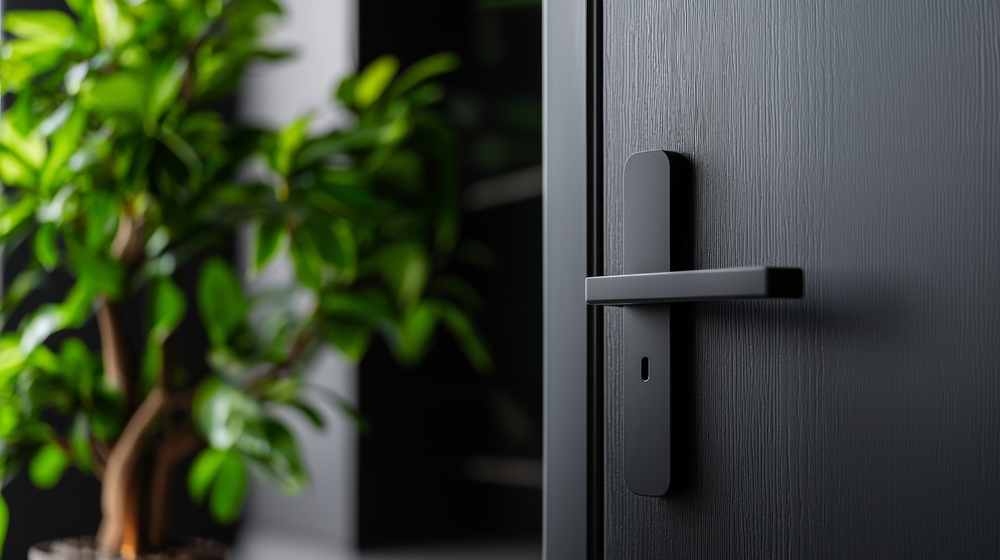Practical guide to choosing realistic faux foliage for indoor spaces
Choosing realistic faux foliage can transform indoor spaces without the upkeep of living plants. This guide covers materials, realism, styling, cleaning, maintenance and sustainability to help you select greenery that fits residential, commercial, or event settings.

Artificial greenery can make interiors feel more inviting while avoiding the care and environmental constraints of live plants. When selecting faux foliage for indoor spaces, consider how materials, realism, and styling interact with your decor and practical needs. This guide walks through the key factors — from evaluating textures and materials to simple cleaning and maintenance strategies — so you can pick faux plants that deliver long-lasting visual appeal in homes, commercial areas, and events.
What materials create realistic foliage?
Different materials affect how convincing faux foliage looks and how durable it will be over time. High-density polyethylene (HDPE) and silk-like polyester blends are common for leaves because they balance soft texture with resilience. Latex-coated leaves often provide more realistic veining and slight gloss similar to live foliage, while plastic stems and wired branches add structural support for styling. Look for UV-stabilized materials for outdoor-exposed indoor spaces (like sunny atriums) and flame-retardant finishes for public commercial settings. Material choices influence both realism and longevity, so prioritize construction quality for areas with frequent handling or movement.
How can you assess realism and texture?
Realism depends on scale, color variation, leaf shape, and tactile finish. Inspect faux pieces for layered foliage, subtle color gradients, and irregular leaf edges rather than perfectly uniform shapes; these details mimic the natural imperfections of real plants. Check stems and attachment points to ensure leaves aren’t glued in a repetitive pattern, which reveals mass production. Touch the leaves—fabric blends with a matte finish and soft fibers often feel more natural than shiny plastic. Lighting also affects perceived realism: place foliage away from harsh overhead lights that can create unrealistic shine and reveal seams.
How to incorporate faux greenery into indoor decor and styling?
Faux foliage can complement multiple decor styles, from minimalist to traditional. Use varied pot sizes, textured planters, and layered heights to create depth: taller faux trees can anchor corners while mixed-height tabletop greenery fills shelves. Combine different foliage types—broad leaves, thin fronds, and trailing vines—for visual interest, and pair faux pieces with natural elements like wood or stone to enhance authenticity. For events, modular arrangements and interchangeable stems allow quick styling updates. In commercial spaces, maintain brand-appropriate palettes and consistent pot finishes to preserve a cohesive look.
What cleaning and maintenance steps are needed?
Faux plants require straightforward cleaning to stay convincing. Regular dusting with a soft brush or microfiber cloth prevents dulling; for deeper cleaning, rinse plastic-based foliage under lukewarm water and allow to air dry, or wipe fabric leaves with a damp cloth and mild soap if recommended by the manufacturer. Use a vacuum brush attachment on low for large trees and display pieces. Periodically check for loose wires, detached leaves, or pot scuffs and repair or replace components to maintain presentation. Good cleaning routines reduce wear and help faux greenery retain color and texture over time.
How do longevity and sustainability factor into choices?
Longevity depends on material quality and exposure to light or handling. UV-resistant and well-constructed pieces can last several years in indoor settings, while cheap plastics may crack or fade more quickly. Consider sustainability by choosing items made from recycled or recyclable materials, selecting modular designs that allow part replacement, and buying from vendors with transparent manufacturing practices. For large commercial installs or frequent events, reusable planters and stems reduce waste compared with single-use decor. Evaluating lifecycle impacts alongside durability helps balance visual needs with environmental considerations.
Can faux foliage be used effectively in commercial spaces and events?
Faux plants are common in offices, retail, hospitality and events where consistent appearance and low maintenance are priorities. In commercial environments, choose flame-retardant and hardwearing materials, and select designs that match brand identity and foot-traffic levels. For events, opt for lightweight modular pieces that are easy to transport and assemble, and plan for consistent cleaning between uses. Work with local services for installation and periodic upkeep if you manage multiple sites. Properly specified faux foliage can provide reliable greenery that supports atmosphere and wayfinding without ongoing horticultural care.
Conclusion Selecting realistic faux foliage for indoor spaces requires balancing materials, texture, styling, and maintenance. Focus on quality construction, varied leaf shapes and finishes, and appropriate cleaning routines to maximize realism and longevity. Whether outfitting a living room, retail floor, or event venue, thoughtful choices around materials and sustainability result in attractive indoor greenery that supports decor goals with minimal upkeep.






